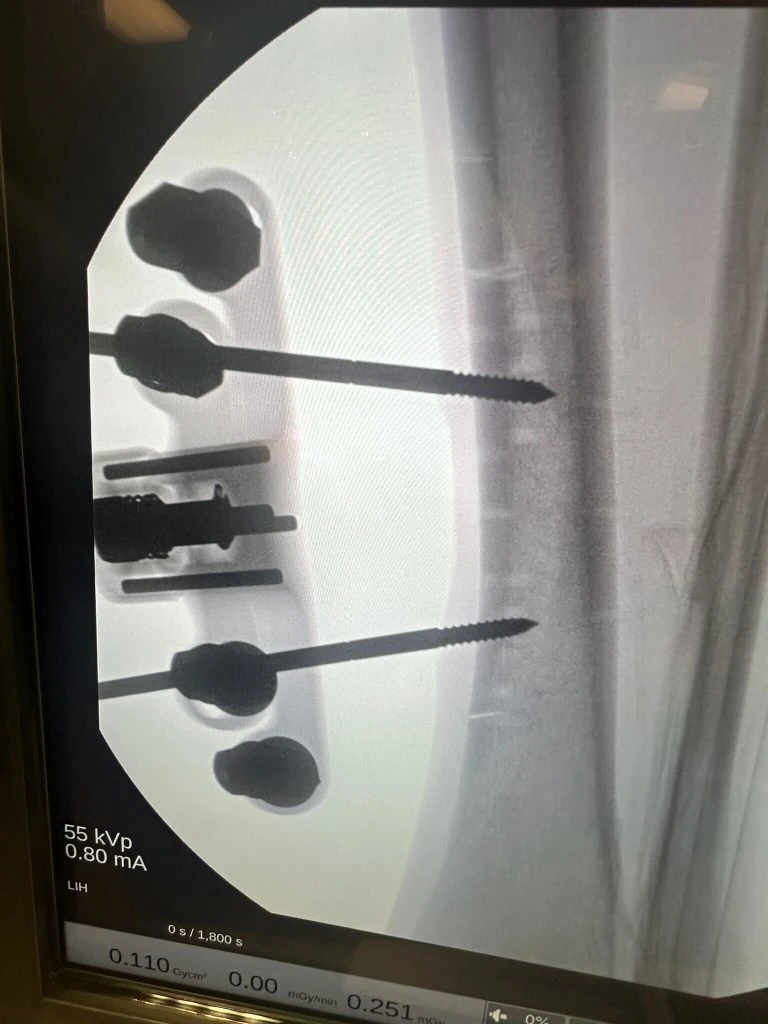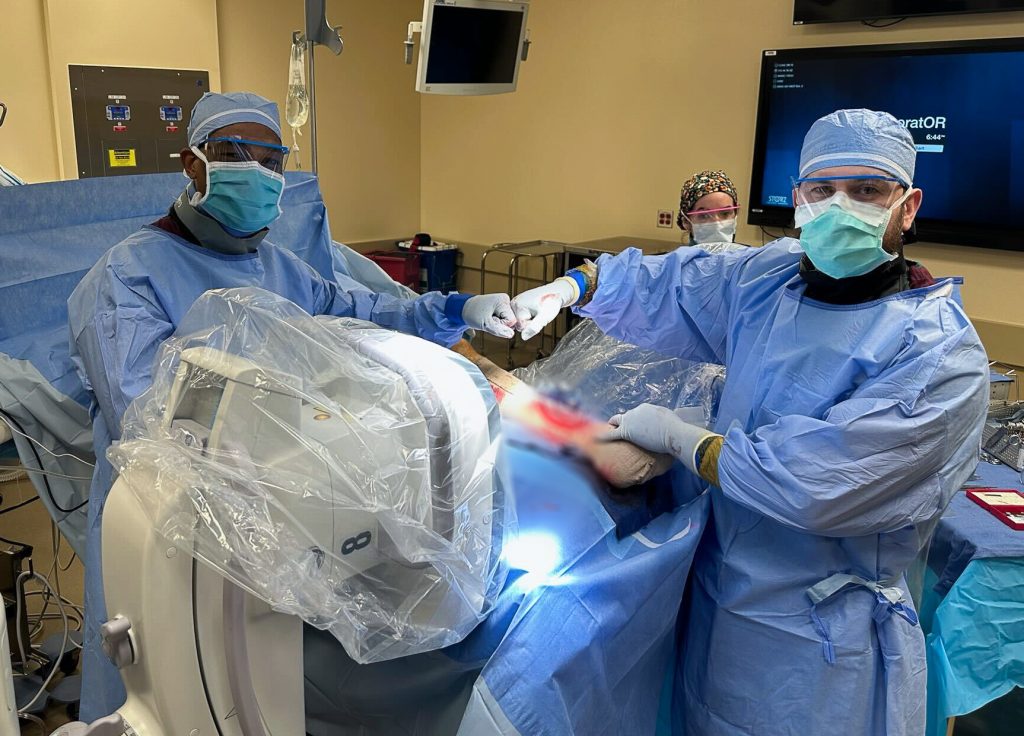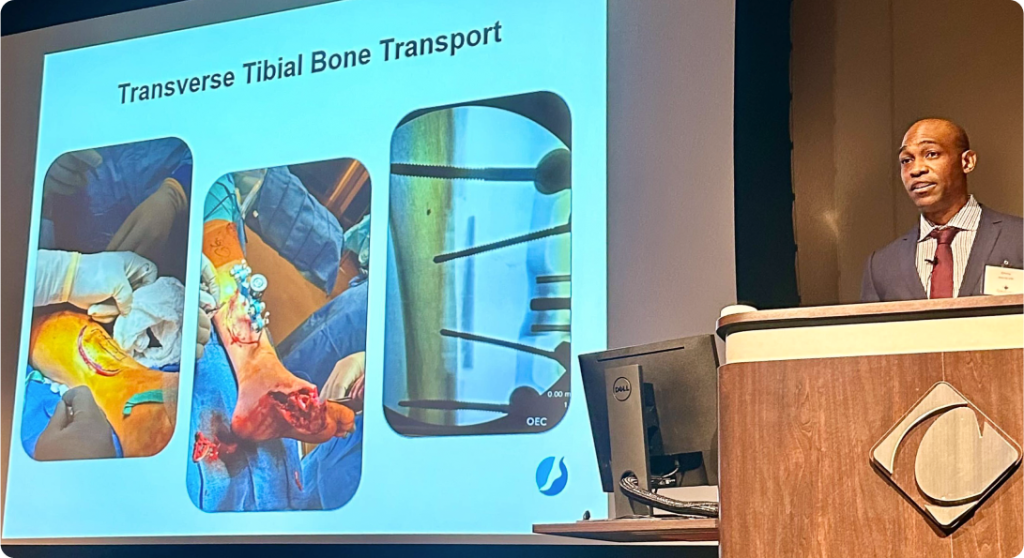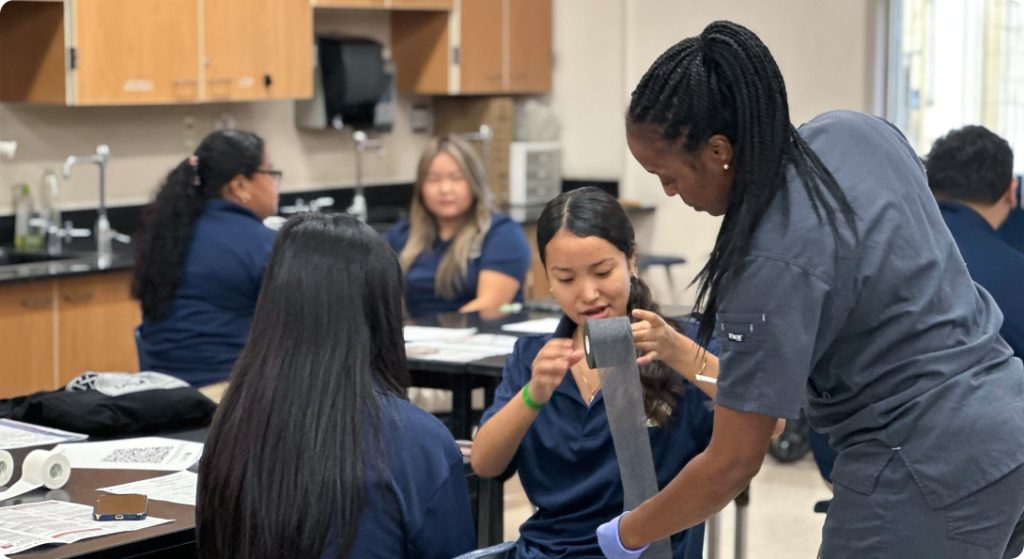
Tarsal coalitions are recognized as a congenital anomaly whereby the two or more bones of the hindfoot and midfoot are fused resulting in limitation of foot motion and pain. While the etiology of tarsal coalition is unknown, it is characterized as a unifactorial autosomal dominant pattern of inheritance with variable penetrance with roughly 50% bilaterality. It has been reported that tarsal coalition affect approximately 1% to 2% of the general population and about 25% of patients become symptomatic. Tarsal coalitions were found to be the cause of painful flatfeet in adolescents and young adults.
It is estimated that 1 out of every 100 people may have an undiagnosed tarsal coalition. In most people, the condition begins before birth and as the coalition forms, its presence is often not discovered until late childhood or adolescence, particularly following a foot and ankle injury. If the coalition exists during the early years of life, it may harden, too, and fuse the growing bones together with a solid bridge of bone or fibrous tissue, similar to that of a scar. A coalition typically ossifies between the ages of 8 and 16, depending upon which bones are involved, and as a result, the hindfoot stiffens and results in pain and other symptoms.
Treatment
Nonsurgical Treatment:
Conservative treatment of tarsal coalitions has been shown to be successful in the short-to-medium term; however, long-term concern is warranted. The long-term concern is always compensation at the painful joint with the use of custom orthotics, Physical Therapy, and/or an ankle-supportive orthosis to help limit the motion of the joint. Physical therapy has been shown to help by building up collateral muscle strength.
Surgical Treatment
When nonsurgical modalities are not effective at easing the patient’s pain or improving function, surgical intervention may be considered. Surgical treatment for treatment of tarsal coalitions typically involves removal of the “abnormal” connection between the two bones and placement of “fat” graft spacer taken from the patient to reduce the risk of infection. Although fusion (joining of the 2 bones and preventing further motion) may be discussed with you and your child if a larger coalition is present and/or arthritis, the mainstay treatment is removal of the “abnormal” connection. Regardless, both approaches require general anesthesia with some numbing medicine to reduce the need for post-operative pain medication.
Removing the connection between the 2 bones and restoring mobility between the bones decreases pain to your child’s pain. The patient is typically placed into a soft half-cast for 7-10 days and will than present to office for follow-up and begin Physical Therapy at that time.






